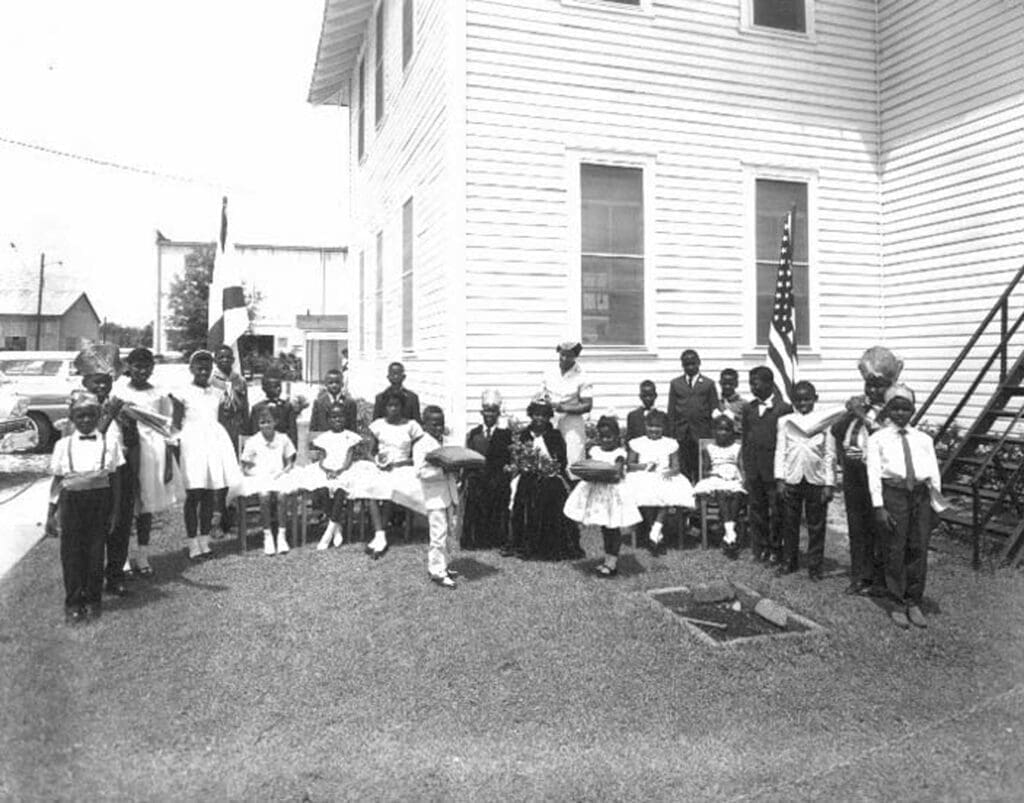Dobyville: One of Tampa’s forgotten Black neighborhoods

African Americans have a long history in Florida, dating back to the earliest days of Spanish exploration and colonization. The first African-born person to explore what would become the southeastern United States arrived in the Tampa Bay area in 1528 as part of the ill-fated Panfilo de Narvaez expedition. Esteban, a Moorish enslaved person, was one of only four survivors to make it all the way to Mexico’s Pacific coast after a grueling eight-year-long trek across the North American continent.
The African American influence in the Tampa Bay area increased dramatically in the early 19th century with the arrival of the US military and settlers from across the young country. By 1860, African Americans made up about 19% of Hillsborough County’s population (all but a small handful of those were enslaved). Forty years later, at the turn of the 20th century, there were several distinct African American communities in the county.
Though segregation forced most African Americans to live apart from most whites during this era, their communities were no less vibrant or important. In some cases, the forced separation led to the establishment of professional services and businesses that might not otherwise have existed as broadly in the Black community. Dentists, doctors, and attorneys flourished, particularly in Tampa’s Central Avenue business district, as did clubs, theaters, and a large hotel.
Many of these early Black communities – including Bealsville (near Plant City), the Dorcas Pond area near today’s Tampa Union Station, Red Quarters, and Four Quarters near downtown Tampa, sections of Port Tampa City and the Town of Fort Brooke, plus a large community in northwest Hillsborough County near today’s Citrus Park – are largely gone from the landscape. Another neighborhood that still exists today – at least in part – is the Dobyville section of west Hyde Park.
Some find it surprising that Tampa’s White elite were not the only people to find a home in Hyde Park during the early years of the neighborhood. Many of Tampa’s Black residents lived in the Dobyville section of the neighborhood. A 1927 study found that approximately ten percent of Tampa’s African Americans called Dobyville home during the 1920s. Dobyville, named for long-time resident Richard Doby, was also known as West Hyde Park. The historic boundaries are roughly, beginning at the northeast corner; North Willow (at Fig Street), south to Swann, west to South Albany, north to Kennedy, east to Rome, north to Fig, and back east to North Willow.
Dobyville was home to several Black churches and two schools, one public and one private. The Dobyville School, formerly located on South Dakota Avenue was, like Tampa’s other Black public schools, terribly underfunded and neglected by the county school board. The school’s lunchroom was condemned in the late 1940s, but children still attended until 1966. The structure was torn down to make way for the Crosstown Expressway.
Dobyville has always had a mixture of residential and commercial uses. Two railroad lines ran through the neighborhood during its history. One, Henry B. Plant’s original 1889 rail extension across the Hillsborough River and through the Interbay Peninsula to Port Tampa, still exists today. Another, a spur line that ran north along Rome Avenue, has since been removed. Both had an influence on the development of the area – it could even be reasoned that the neighborhood exists because of the railroad. Warehouses on Rome Avenue, both north and south and the bakery building at 420 South Dakota utilized the rail lines during their histories.
The last surviving church in the neighborhood, Mt. Zion AME Church, was located at 111 South Dakota Avenue. The church, constructed in the 1910s, stood as a reminder of the neighborhood’s past while gazing wearily at its possible future – a fast-food restaurant on the corner of Kennedy Boulevard and South Dakota. Now it, too, has drifted into history, replaced by new residential construction.
Like much of the Hyde Park area, the construction of the Crosstown Expressway (now the Lee Roy Selmon Expressway) dealt a crushing blow to Dobyville. Large construction projects, such as Tampa General Hospital’s Kennedy Boulevard campus, sit atop large plots of land which once held homes and businesses owned by Dobyville’s families. Few buildings remain from the neighborhood’s past, with demolition and new construction further obscuring the historic landscape.
Some reminders, including the Doby Family house at 1405 Azeele, remain as defiant landmarks of an almost forgotten past. It, along with the dozens of other homes in that part of Dobyville, is now part of the local Hyde Park Historic District. Another reminder, in the form of an historic marker, stands proudly on the corner of Willow and Platt Streets. It is a stone’s throw from both the site of the Dobyville School and the Doby House. Its location near two neighborhood landmarks – one long gone and the other still standing – is symbolic of the community itself.
The Tampa Tribune originally published this article on May 29, 2011.


